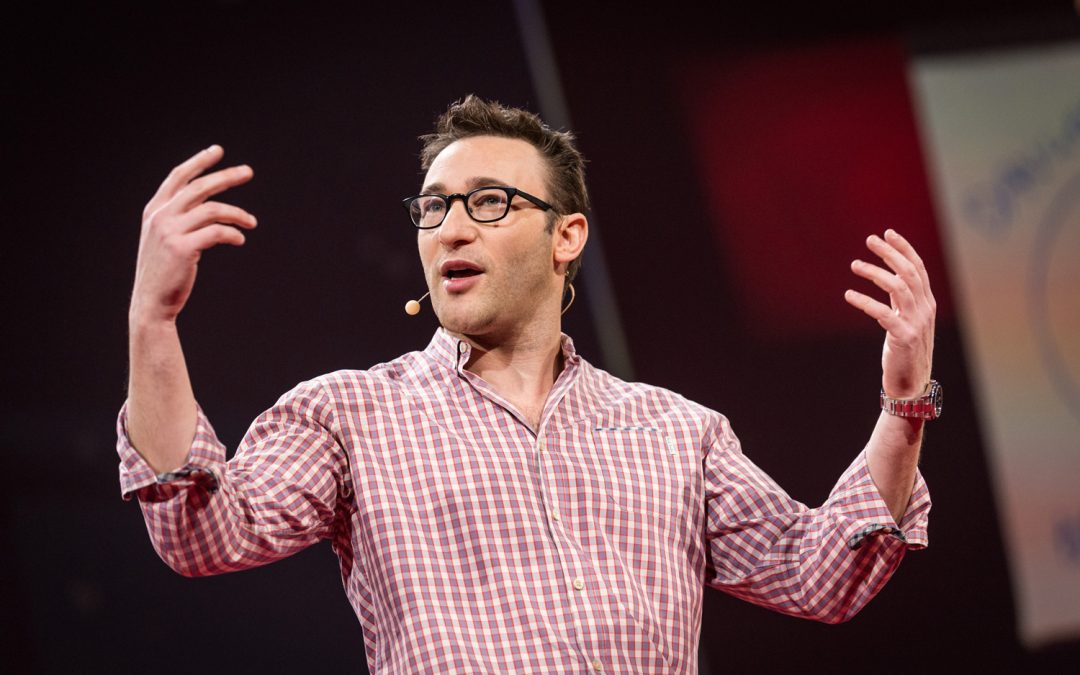Narrative approach can increase the understanding of your Storytelling startup message.
If you think that you can make a difference through your startup; but have troubles pitching for journalists, then know well that you need to change your approach towards the way you are conveying your message.
Use storytelling in order to garner the attention of the public.
But what is a story?
A story is an event told in a form that impacts right on the emotions of a being. A story has a beginning, a middle and an ending. The characters journey through these three stages, performing through their problems and at the end learning from them.
Carry your message through the three stages and at the end conquer the minds of your audiences.
People love and learn from stories
Even science has proven that the memories that are triggered by emotions are the strongest memories. Those memories are engraved on our brains because of the emotional approach at that time. While stories make a great impact, think of how good people would receive your message when you shape it into a story?
As Marry Catherine Bateson says, “The human species thinks in metaphors and learns through stories.”
Include art in your pitch
When you think of convincing the journalists in your mind to publish your work, then do nothing but present your work in an artful form. What can be better than doing that through storytelling?
An unclear message would take you nowhere. The pitches which we try so hard to compile are met with lukewarm interest.
To avoid this there is a need to start planning your story and present to the world what your startup is all about – through art.
It’s not as hard as you think
Constructing a story about the message of your startup is similar in many ways to the conventional steps authors go through. All one has to do is follow the same conventional style, only change the individual aspect to suit the technicality of your startup.
To tell a great story, you have to talk about all the startup elements keeping the spirit of a story in it.
For example, in a conventional story like that of a novel there are plots, pacing, dialogues, characters, reader interest; in a startup story, the places of these elements are taken by vision/mission, timeline, knowledge, customers, and assumptions.
How to write your story?
Writing your own startup story can be started by asking yourself a simple question: why do you want to have a startup? Why not just be content with having a job in the industry?
Answering this why is one of the great ways of giving a starting to formulate your vision statement. A statement that defines your target customers, their problem, your product name, its category, why should they buy it, why are you different from your competitors?
Some techniques to try
Here is a little exercise to give you a head-start on answering the question asked above.
Start with your positioning statement:
Start with writing where you find yourself in the market? Speak to your customers with the product in mind.
Chalk out your startup journey map
Look for great moments or tribulations in your startup’s journey. Trace them out on a journey line.
Finally, prepare the pitch
Keeping the above two at your disposal write the most engaging story of your startup that could convince the journalists very easily.
However, even after doing all that you find yourself in a problem, then Press Farm is here to help you out. Pitching for a journalist is essential in the journey of every startup. Remember: good PR ensures a good recognition. At Press Farm, we make this happen easily and professionally.

